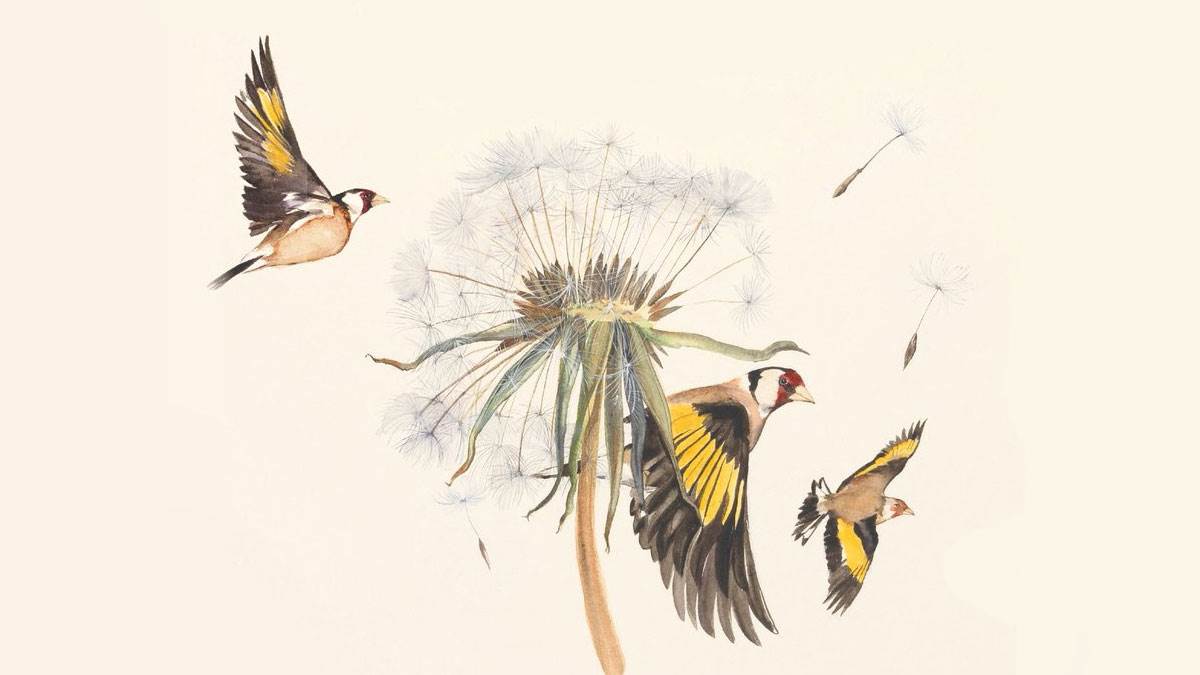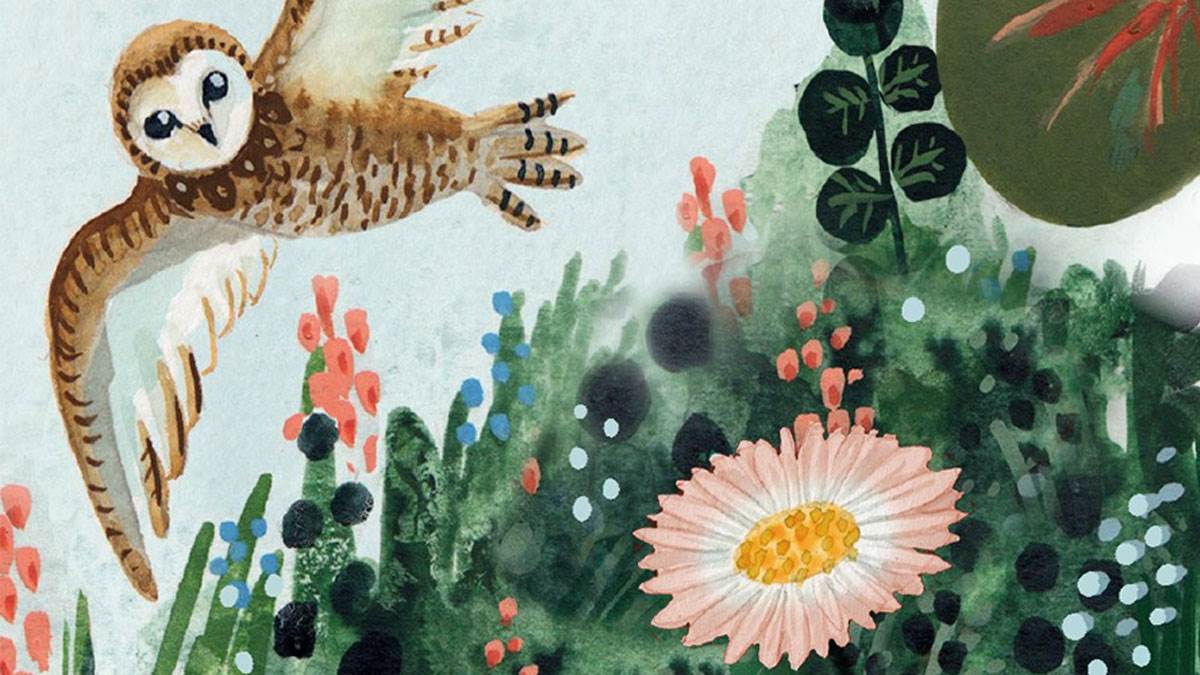How books can make the UK a nation of genuine nature-lovers
Published on: 28 May 2024
Rewild author Ben Martynoga argues that it is crucial to share books about nature with children.

For a nation of self-professed 'nature-lovers', Britain isn't doing a very good job of protecting its wildlife. According to 2023's State of Nature report, 1 in 6 of the UK's native plant and animal species, including a terrifying 43% of birds, are facing extinction.
Rewilding is the most powerful way of undoing the damage. Inspiring rewilding projects are springing up across the UK now, but to make a substantial difference, this movement must gather momentum.
For that to happen, we need to instil a real love and understanding of nature in new generations.
Too often, a rift with the natural world opens up in adolescence as peer pressure, omnipresent technology, and a lack of access to green spaces pull kids indoors and away from visceral outdoor exploration.
Even if curiosity about wildlife returns later in adulthood – it often does – the damage is already done. Nature becomes more of a scenic backdrop to admire from a distance rather than a vibrant realm to experience through all the senses.
Books, however, can help prevent this rift from opening in the first place and re-engage youths who have started to disengage.
In my new book Rewild, illustrated by Moose Allain, I weave together stories and dialogue with scientific insights and examples of rewilding successes to rekindle awe, a sense of agency, and hope.
Here are some of the books that have inspired me, and the five main ways I think they can work...
1. Cultivate a deeper knowledge of nature
Back in 1958, Senegalese environmentalist Baba Dioum noted astutely that, "We will conserve only what we love. We will love only what we understand." Some understanding of natural history and ecology is critical, but rote learning of facts and definitions isn't the answer.
In his books Wild Child and Diary of a Naturalist, Dara McAnulty shares his deep knowledge and passion for his local wildlife in an intimate, poetic and memorable form. Rachel Poliquin's picture books – particularly the excellent Superpower Field Guide series for older primary school children – take a different approach, blending well-researched facts about keystone species such as beavers with strong visuals and irreverent humour.
2. Keep nature's magic burning bright

As a kid, I loved T.H. White's classic The Sword in the Stone, in which the wizard Merlin teaches the young Wart by transforming him into a series of different animal forms. It's a powerful reminder that we should all occasionally make the empathetic leap of considering the world from other-than-human perspectives.
The Lost Words by Robert MacFarlane and Jackie Morris needs a mention here. By pairing catchy, evocative poems with beautifully observed artwork, they remind us what potent magic fizzles out when wild species – or even just their names – go extinct.
3. Remember we humans ARE nature
Gerald Durrell's celebrated 1956 memoir of a childhood enmeshed in nature, My Family and Other Animals (the title says it all), helped instil this essential concept in my head when I was young.
Katya Balen's novel October, October is a moving portrait of a young girl, raised by her father in an isolated woodland, who ends up having to leave the wild home so dear to her heart and engage with the so-called 'civilisation' of city life.
4. Confront the challenges facing nature

To fix problems – especially massive ones like the ecological crisis – it's essential to know how things got broken. But with eco-anxiety a very real issue for ever more young people, this has to be done with compassion, lack of blame and creativity.
The Biggest Footprint by Rob and Tom Sears excels on all these fronts. A 'smooshing machine' is used to fuse all 8 billion of us into a single two-mile high 'mega human'. This is such a powerful way of visualising the profound effects humans have on our planet.
A novel for younger children is Melissa Harrison's charming By Ash, Oak and Thorn, which evokes wonder for UK nature, but also subtly introduces the very real prospect of it disintegrating before our eyes.
5. Show how nature comes roaring back
Nothing stirs hope like examples of nature's astonishing self-restorative powers. Rewilding pioneer and author Isabella Tree has now followed up her picture book When the Wild Returned with the more fact-based Wilding, which is lit up by Angela Harding's stunning prints.
Fiction also has a role to play here, including Nicola Penfold's novels Where the World Turns Wild and When the Wild Calls, where the action is situated in a thrillingly rewilded near-future dystopia.
With inspiring books like these, and my own Rewild joining them, we can sow the seeds for a new generation of passionate nature-lovers across the UK.
The future of our wild places starts with the children we enthuse and empower today.
Rewild by Ben Martynoga, illustrated by Moose Allain, is out now.
Topics: Environment, Nature, Features





